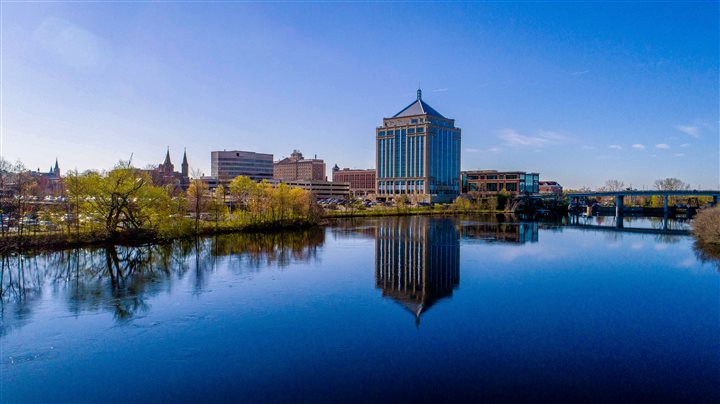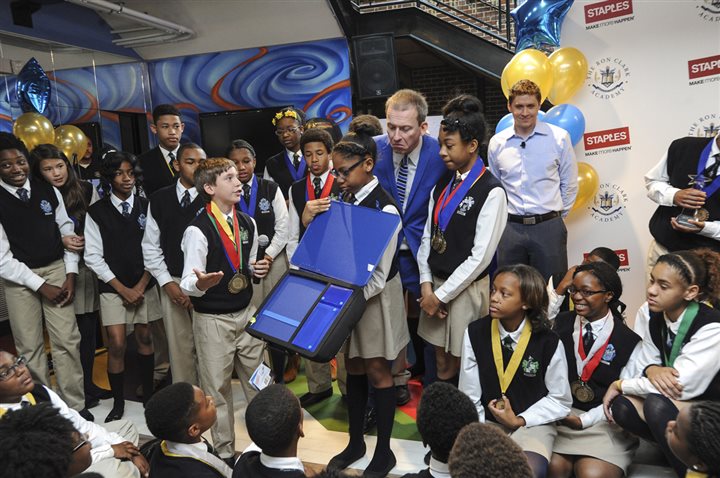 Are millennials getting ready to leave big cities in droves? Some experts in demographics, economics and real estate have predicted the millennial exodus from huge urban areas has already begun. If true, the question remains: where will they go?
Are millennials getting ready to leave big cities in droves? Some experts in demographics, economics and real estate have predicted the millennial exodus from huge urban areas has already begun. If true, the question remains: where will they go?
Some may head to the suburbs, like their parents and grandparents did before them, but many will look for a different lifestyle, one that combines the advantages of suburban living with the best features of city life. Some smaller metro areas, like Wausau, Wisconsin, are banking they have the blend of economic opportunity, urban elements, affordability and lifestyle that will attract migrating millennials.
The draw
“Economy has always been a factor in generational migrations, and while the nature of work has changed, economic opportunity is still key to where people want to live,” says Christian Schock, director of planning, community and economic development for the City of Wausau.
“Everyone wants to find a place with the winning formula of urban activities, affordability and lifestyle. Businesses want to put down roots in that environment, too, knowing it will draw a bigger pool of skilled workers.”
In recent years, the City of Wausau has made concerted efforts to position itself with both big city amenities and small town assets. By many accounts, the efforts are paying off. In a 2016 Pew Research Trust analysis of income equality nationwide, Wausau ranked first in the nation, with the middle class constituting 67 percent of the city’s total population. Wausau also ranked highest in Wisconsin and eighth nationally on Area Development magazine’s list of hot spots for new and expanding businesses.
The formula
Small to mid-size metro areas that want to attract millennials, as well as businesses and investors, need to address key areas, including:
* Urbanity
In addition to the recreational and entertainment amenities often highlighted when discussing millennials, many mid-sized metros lack the diversity of housing types that can be found in a larger city which millennials might be accustomed to.
One strategy Wausau has focused on specifically is diversifying housing product. The City funded local architects to design an urban rowhouse — a housing style which did not previously exist. For over a decade, leaders proactively assembled parcels for new riverfront apartments, and continually worked with developers to seek tax credits which could be applied to renovating historic properties into unique multifamily offerings.
* Affordability
Rising real estate costs are among the factors that kept many millennials living in cities longer than they might have liked, experts say. Mid-sized metros have an edge in making home buying more affordable for millennials — and homebuyers of all generations.
Recognized as a leader in economic development homesteading, Wausau’s Live It Up program is a partnership between local employers and the city to provide employees with a no-interest down payment assistance loan for the purchase of a home. In the last two years, the program has allocated more than $200,000 in no-interest loans to local employees.
* Place
Millennials who came of age in urban environments have a strong affinity for multifunctional spaces, and are drawn to communities that are a walkable mix of business, retail, industry and residential. While the specific physical space needs may change, their own strong sense of identity makes them inclined to seek a region that has its own established sense of self.
Wausau has leveraged more than $100 million in new downtown development over the past decade and currently has another $100 million under construction, emphasizing the city’s identity as a vibrant, growing core. Wausau’s Riverlife Village project is reclaiming more than 16 acres of urban waterfront along the Wisconsin River to house a new park, river wharf, mixed-use office space, biking paths, apartments and a family entertainment center.
Perhaps the greatest testament to a mid-sized metro’s success is the recommitment of historic businesses to local growth. Wausau Insurance was an early innovator in workers’ compensation insurance, which evolved out of the necessity for local lumber mills to share the risk of worker rehabilitation. Now part of Liberty Mutual, the company recently announced a $50 million regional facility expansion. Wausau Window and Wall Systems and Linetec, both in the building materials industry, also trace their roots to the lumber industry, and have completed over $60 million worth of expansion and doubled the size of their workforce within the past five years, providing a strong foundation for continued economic development.
“Any resident, millennial or not, is looking for ways to connect with their community. Both businesses and residents are discovering that smaller cities can even be more responsive and creative than larger metros,” says Robert Mielke, mayor of Wausau.
To learn more about how the City of Wausau is attracting residents from big cities, visit www.wausome.org.

